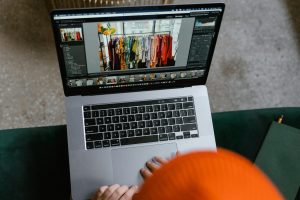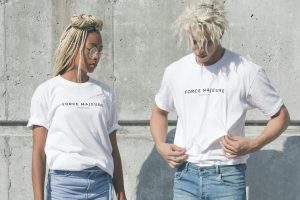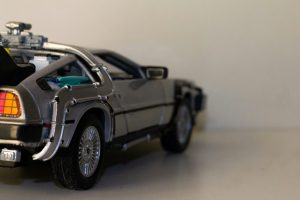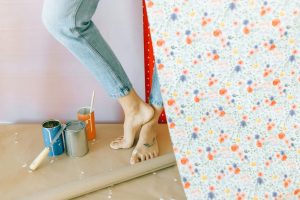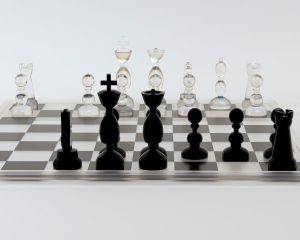Ageism on the Catwalk: Why 50+ Models Are Still Rare
Walk into any fashion show and you’ll immediately notice one thing – models who are young, beautiful, and, let’s face it, mostly in their early twenties. This has been the norm in the fashion industry for decades, but in recent years, there has been a growing demand for diversity and inclusion on the catwalk. Yet, one group still seems to be underrepresented – models over the age of 50. This is a reality that has sparked conversations about ageism on the catwalk, and why 50+ models are still a rare sight in the fashion world.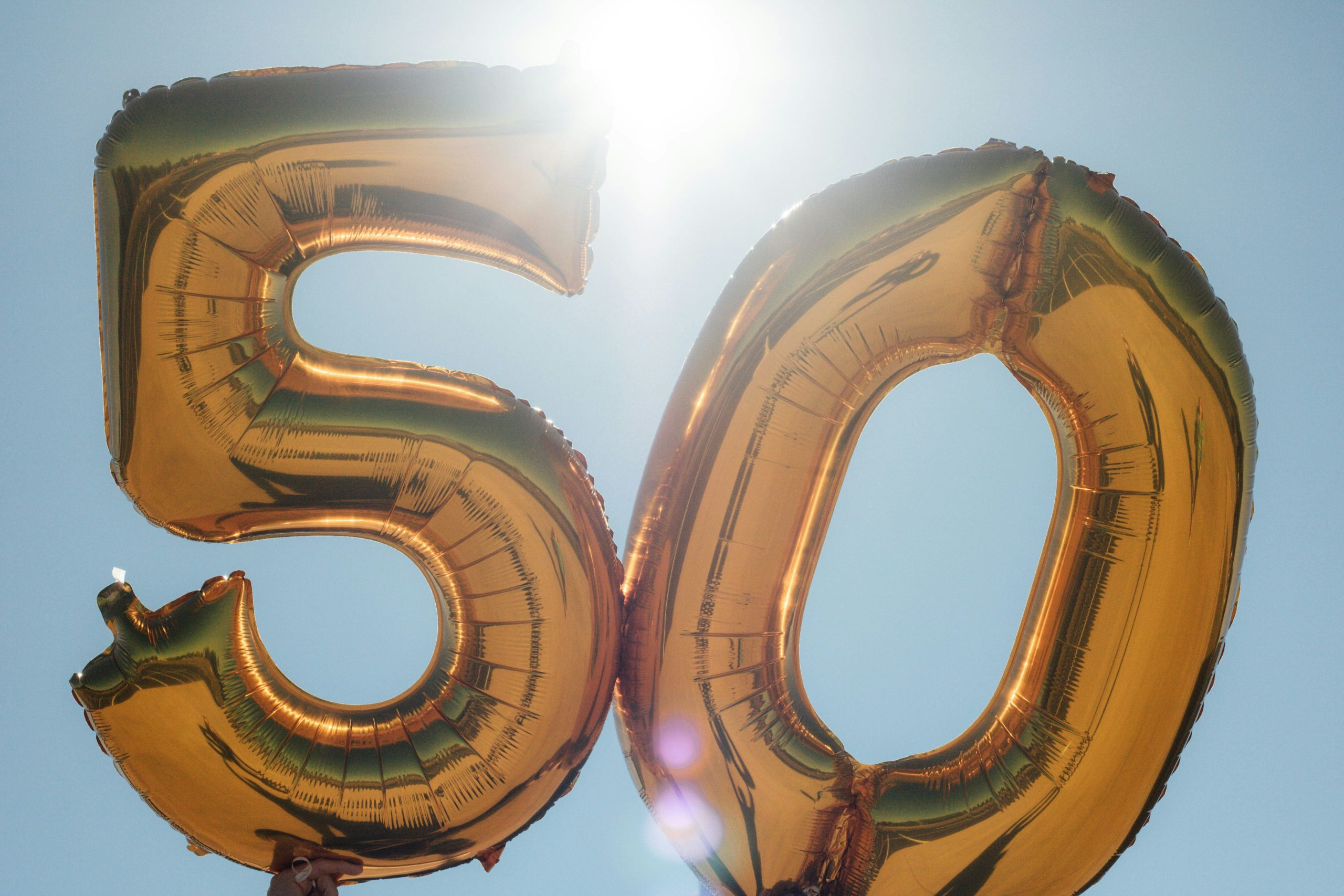
The Power of Youth in Fashion
The fashion industry, by nature, is fixated on the idea of youth. It’s all about selling a dream and an aspiration of looking young, beautiful, and flawless. As a result, models in their 20s and early 30s have always been the go-to choice for designers and brands. They represent this ideal of beauty, and their slender figures are seen as the perfect canvas for showcasing clothes. But this obsession with youth has led to a limited representation of beauty standards, excluding a large portion of the population.
The Slow Shift Towards Inclusion
In recent years, there has been a push for change in the fashion industry. Brands and designers have been called out for their lack of diversity and inclusivity, leading to a rise in models of different races, sizes, and gender identities on the catwalk. However, when it comes to age, the shift has been slow. While there have been a handful of older models making their mark on the runway, the majority of fashion shows still feature models in their 20s and 30s.
The Impact of Society’s Perception of Age
One of the reasons for the lack of 50+ models on the catwalk is the societal perception of age. As a culture, we have been conditioned to see aging as a negative thing. In the fashion industry, where the focus is on youth and beauty, it’s no surprise that models over a certain age are seen as less desirable. But this perception is changing. More and more people are embracing the idea of aging gracefully, and brands and designers need to catch up and reflect this shift in their marketing and advertising strategies.
The Financial Aspect of Ageism
Another factor that plays a role in the exclusion of 50+ models is the financial aspect. Fashion is a multi-billion dollar industry, and brands are always looking for ways to boost their sales. By targeting younger audiences, they believe they can tap into a market that is more likely to spend money on trends and fads. This mindset disregards the fact that older generations, who have more disposable income, are also interested in fashion and have the purchasing power to support it.
The Need for Representation and Diversity
As a society, we are slowly moving towards a more inclusive and diverse mindset, and the fashion industry needs to follow suit. Representation matters, and seeing models of different ages on the catwalk can help combat ageism and break stereotypes. It’s crucial to have diversity in all aspects of the industry, including age, to truly represent the world in which we live in.
The Impact on Society
The lack of representation of older models is not only harmful to the fashion industry but also to society as a whole. By perpetuating the idea that youth equals beauty, we are creating a toxic standard that can have severe effects on people’s self-esteem and body image. Allowing 50+ models to be part of the conversation and giving them visibility can help break these damaging beauty standards and promote a more positive and inclusive view of aging.
In Conclusion
Ageism on the catwalk is a reality that needs to be addressed in the fashion industry. The demand for diversity and inclusion has led to progress in some areas, but there’s still a long way to go when it comes to age. By embracing models of all ages, the fashion industry can showcase a more accurate representation of society, challenge societal perceptions of aging, and promote a more positive and inclusive view of beauty.


